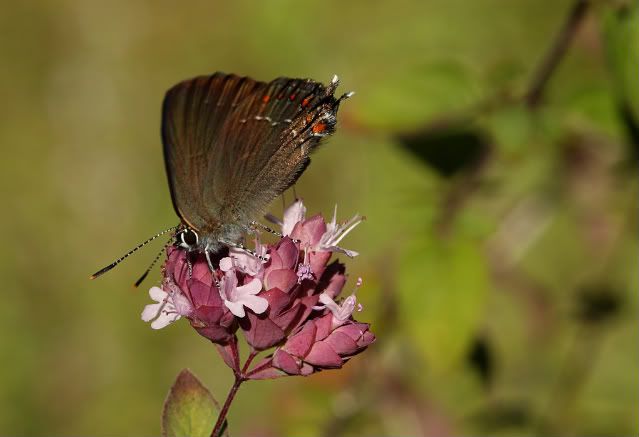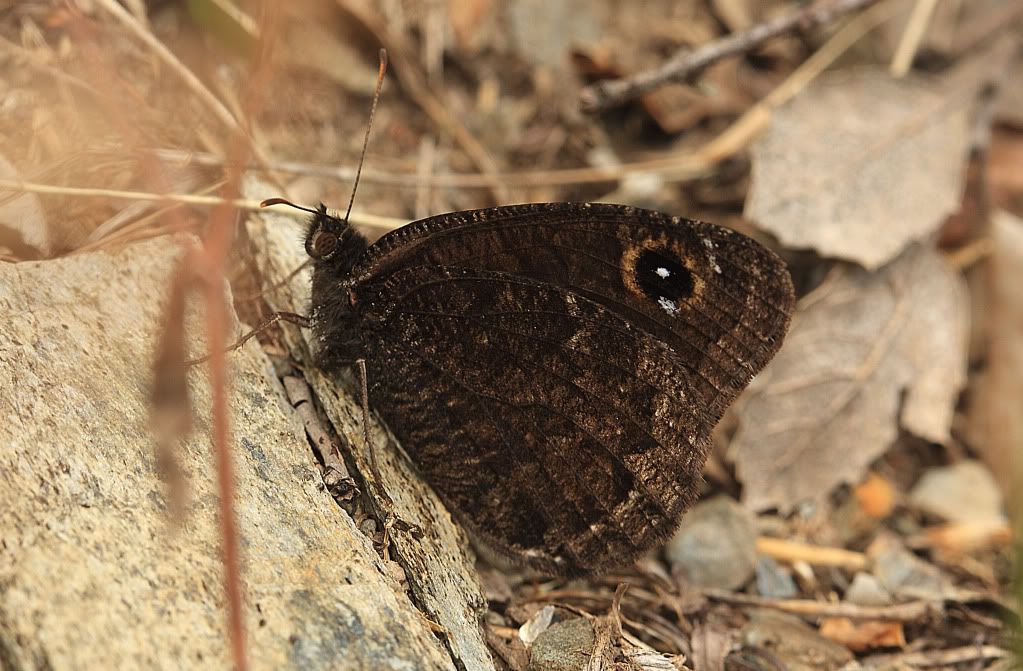Here are a couple for ID's, some from both my spring visit this year and July visit in 2008. Quality of the photos is variable

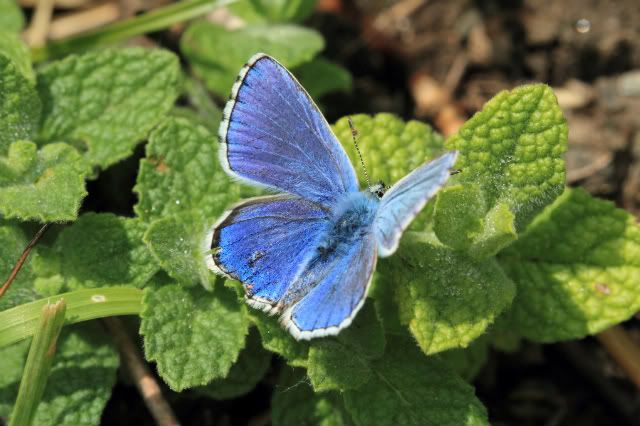
At the time I had this as a slightly wrinkly Adonis Blue male.
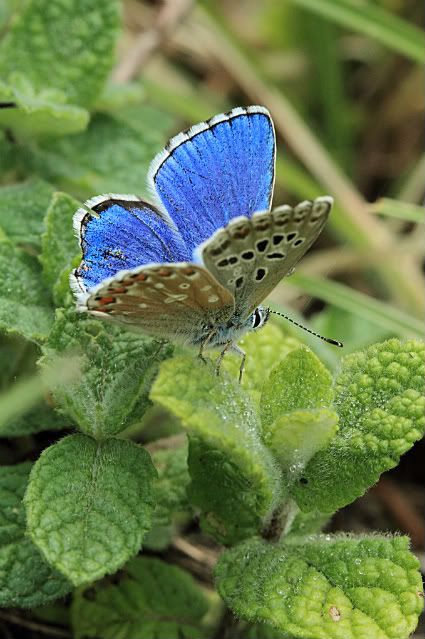
Here's the underside view of the same Blue, and the black spots look too large for an Adonis, though it may just be an aberration.
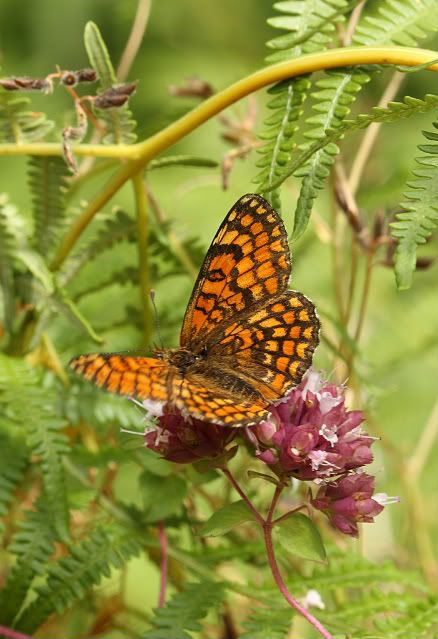
Here's an image from July 2008. I had this down originally as a Knapweed Frit, but it could be a Provincal Frit. Any opinions?
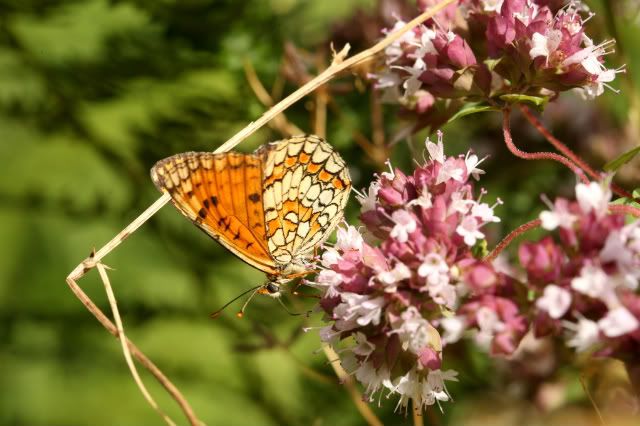
From around the same / time /day as the image above, so this may be the underwing of the same butterfly.
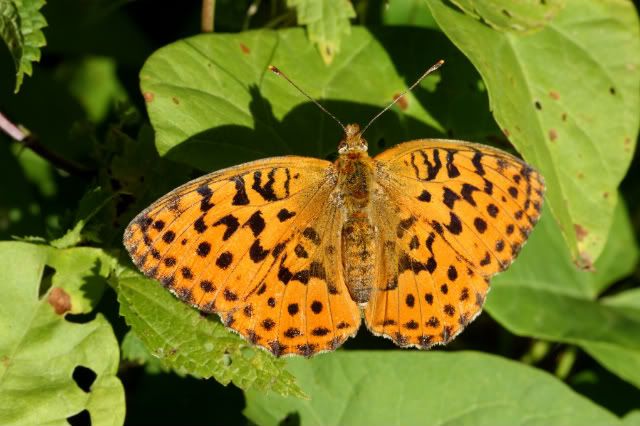
This one is fairly easy - again from July 2008 - Marbled Fritillaries would gather first thing in the garden.
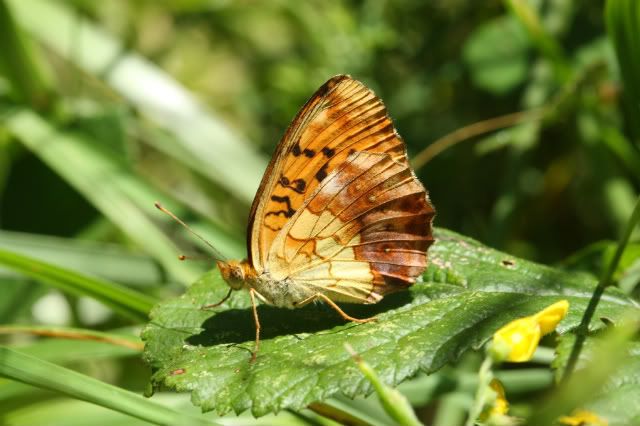
Underside shot of the Marbled Fritillary.
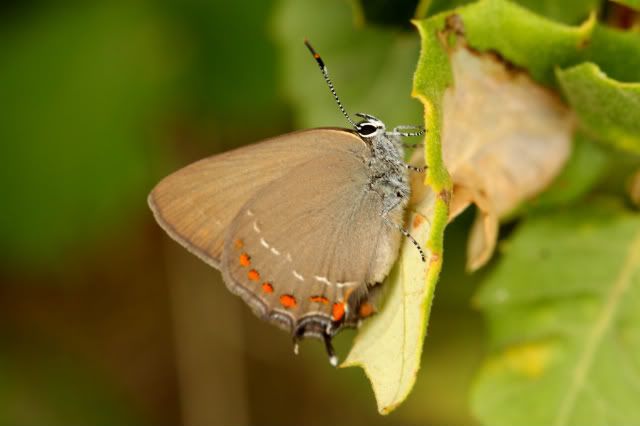
In July there were also quite a few Hairstreaks. I'm not sure if this was an Ilex or False ilex Hairstreak.

This is another Hairstreak photo, from Thyme plants if I remember correctly. Same Hairstreak species as above or is this one definitely Ilex?
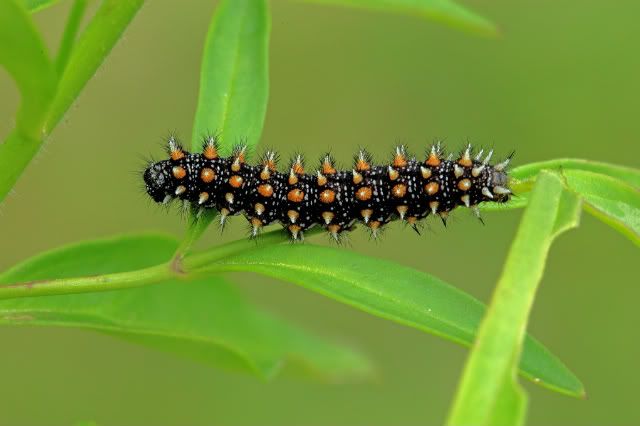
An unidentified Fritillary caterpillar from July. The original picture wasn't great so I had to fiddle to get a reasonable one to upload.
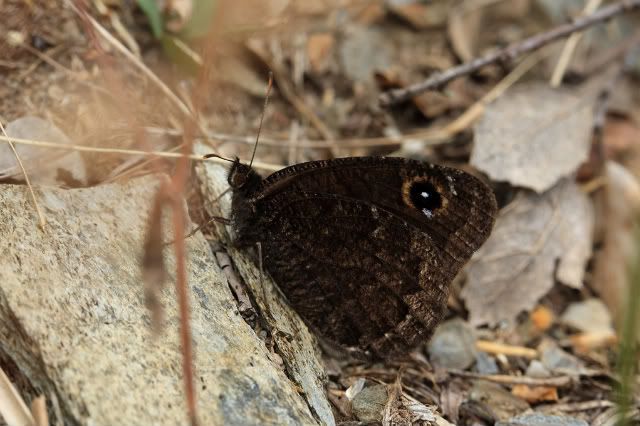
From July again - I have this down as a Black Satyr. There were plenty of these and Graylings.
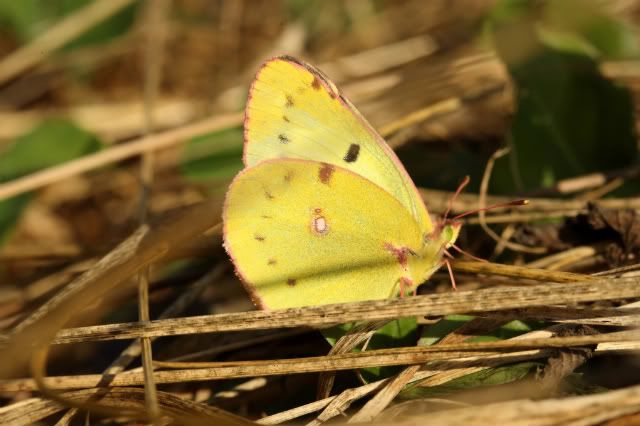
Pale Clouded Yellow or Bergers Clouded Yellow? Again from July - again seen in the Garden of our Gite.
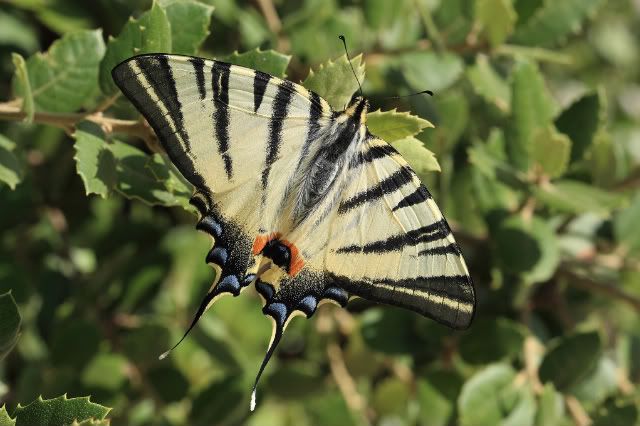
One of the photos that I was very happy with in 2008. This Scarce Swallowtail looks newly emerged and was seen at the Gorge du Gardon in Gard.
















